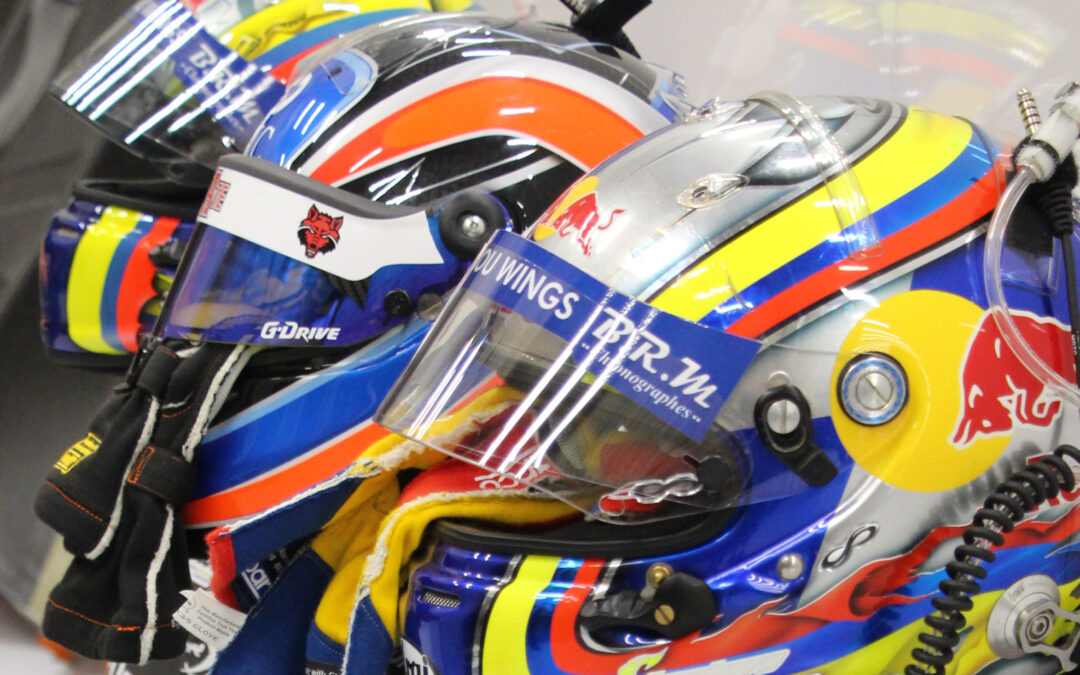This article was originally featured on the Speedsecrets weekly newsletter, Thank you Ross and everyone at Speedsecrets.
In racing, as in life, there are things we do that we are not fully aware that we are doing. These things can include different habits, situations, actions, and reactions. We focus on the ones we can’t control and try to fix them, and forget about the ones we can control. We also keep our focus on what we think is going to happen or what already has happened, and we forget to focus on what is happening now. And at the end of the day, we take the events of the day for granted without putting any thought into what we learned from that day.
In order to improve performance, we have to start becoming more aware. Being aware can help drivers work on things that will increase their performance by one percent; in a sport where a tenth of a second can be crucial, this one percent has great impact.
You will start to see great improvement in your performances by becoming aware of the aspects that you can control, knowing when you are grounded or in the moment, and by having efficient feedback.
Know What You Can Control
To start, it is important to know your locus of control. One way to do this is through preparation. Being prepared includes having your equipment ready to go, getting a good night’s sleep, and having a nutritious breakfast. It also includes all the time you’ve spent learning a track, talking to your engineer, and taking care of your body via exercise.
A pre-performance routine will also help you to prepare mentally and physically for your next event. This routine can be any length of time, but it is something that you do intentionally before getting in the car. My favorite pre-performance routine lasts for just three minutes: I take deep calm breaths for one minute while moving my body in ways that will prepare me to respond (shoulder rolls, shadow boxing, high knees, etc.). For the second minute, I talk to myself to get focused and energized, as if I am my own coach or “hype man.” Then for the last minute, I mix the movements with the breath and the energizing self-talk. If you saw me during this last minute, you would see a semblance of a warrior ready to battle.
Be in the Moment
A very efficient way to keep yourself in the moment is by using the mental skill of self-talk. We are not always aware of the conversations that we have with ourselves, but once we start to notice them and see what effect they have on us, we can start to use them to our advantage.
One formula that I use for self-talk is WIN: What’s Important Now? Whether you just had a great lap, messed up your last turn, or got distracted, ask yourself what is important, now. This will help keep your focus on what you need to do next and ultimately keep yourself in the moment.
You can also help yourself be in the moment by establishing certain body cues to help remind your brain that you are here now and to practice awareness of any stress you might be experiencing. Some examples of this include shrugging your shoulders, wiggling your fingers, or rolling your neck.
You can even put these two together and come up with a body cue and a phrase that will help you stay in the moment and maintain focus. For example, wiggle your fingers while you tell yourself something like “soft and smooth” to remind yourself to keep the grip soft and make smooth movements.
Seek Continuous Feedback
One last tip on how to become more aware, and therefore become a better driver, is having effective feedback. Feedback can come in many forms, from your coach, from your engineer, the computer in your car, but the most important feedback always comes from you. This feedback is important because it provides you with information that no one else can see or measure. Self-feedback is a good way to be aware of what you have improved on, what you have problems with and what you constantly need to improve.
A good exercise is to ask yourself these three questions as often as possible: What did I do well? What could I have done better? What do I need to do to be my best? This can be after a lap, a track session, a race weekend, or even a whole championship. It is important to keep this feedback in a journal or a log so you can come back to it in the future.
By asking yourself what you did well, you will be able to take note of the things that worked, how they affected your driving, and how to apply them again. This question also helps you with your motivation, as you have a list of things that you’ve done well that you can refer to when you start feeling down on your performance.
The next question, “What could I have done better?” is aimed at helping you be critical with yourself and point out the mistakes, or weaknesses in your game. This question helps you establish goals or focus points for your next training session.
And finally, the question of what you need to do to be your best. This question gets to the heart of how can you consistently be the best driver you can be, without losing focus on the bigger picture.
As I mentioned, awareness comes in many forms. Three of these forms include: knowing what you can control, knowing that you are in the moment, and having effective feedback. By constantly working on these types of awareness, you will start to become aware (pun intended) of how important this skill is and how many benefits you can gain from it. I challenge you to start noticing and becoming aware of the things in your life that you are in control of, be aware of the times you are “in the moment/zone,” and be aware of the type of feedback you are giving yourself, and how you are using it all to become one percent better.
Yours in mental and physical health,
Santiago


Recent Comments